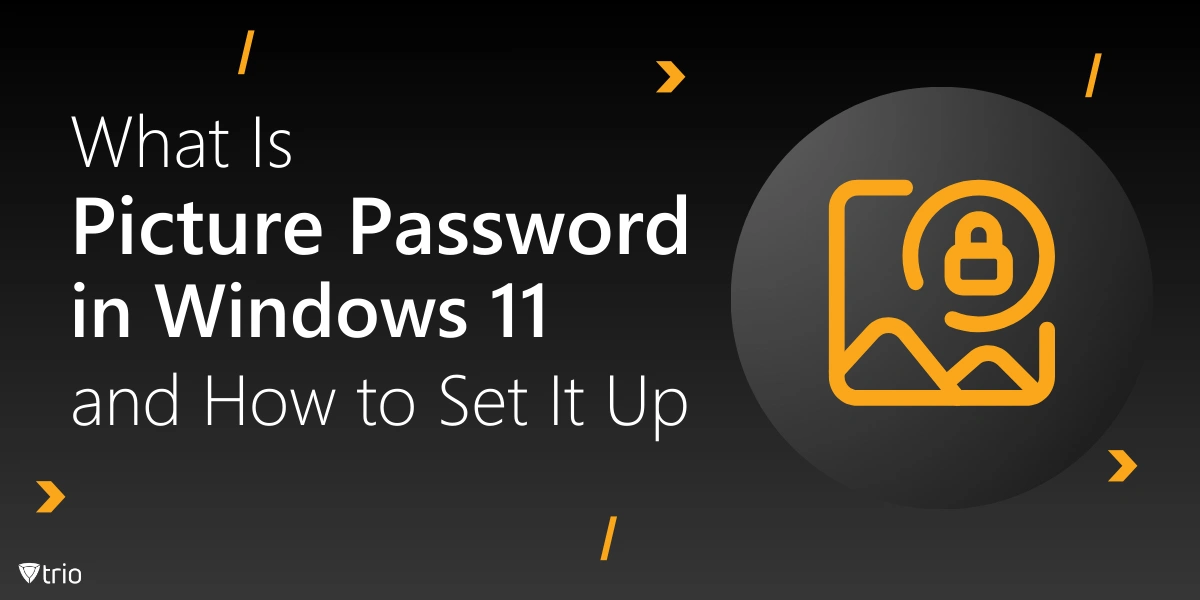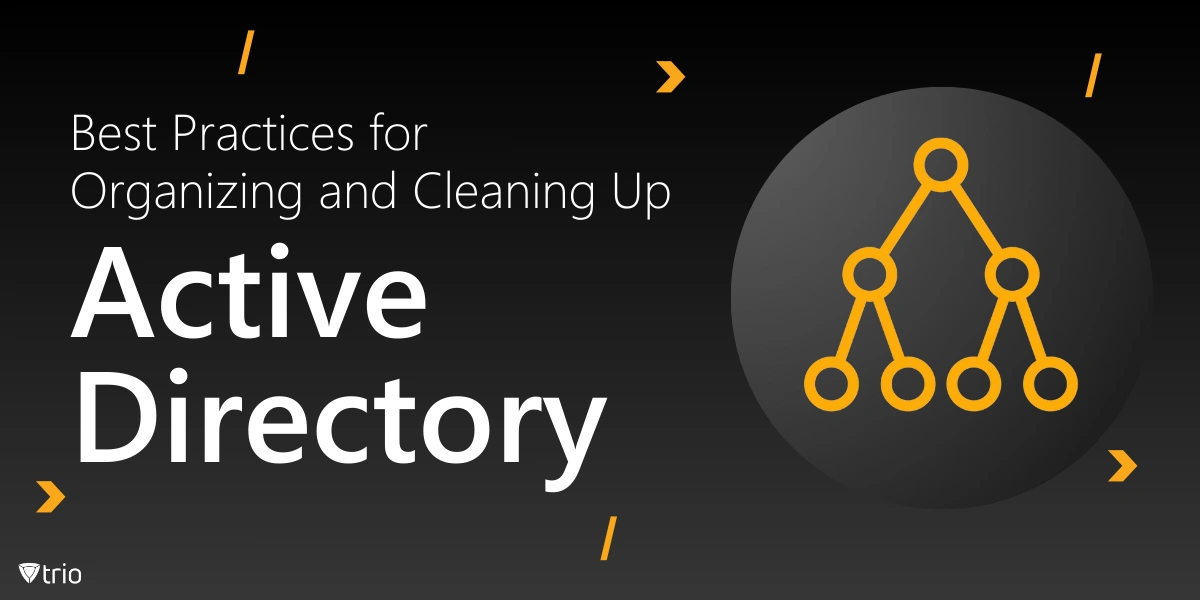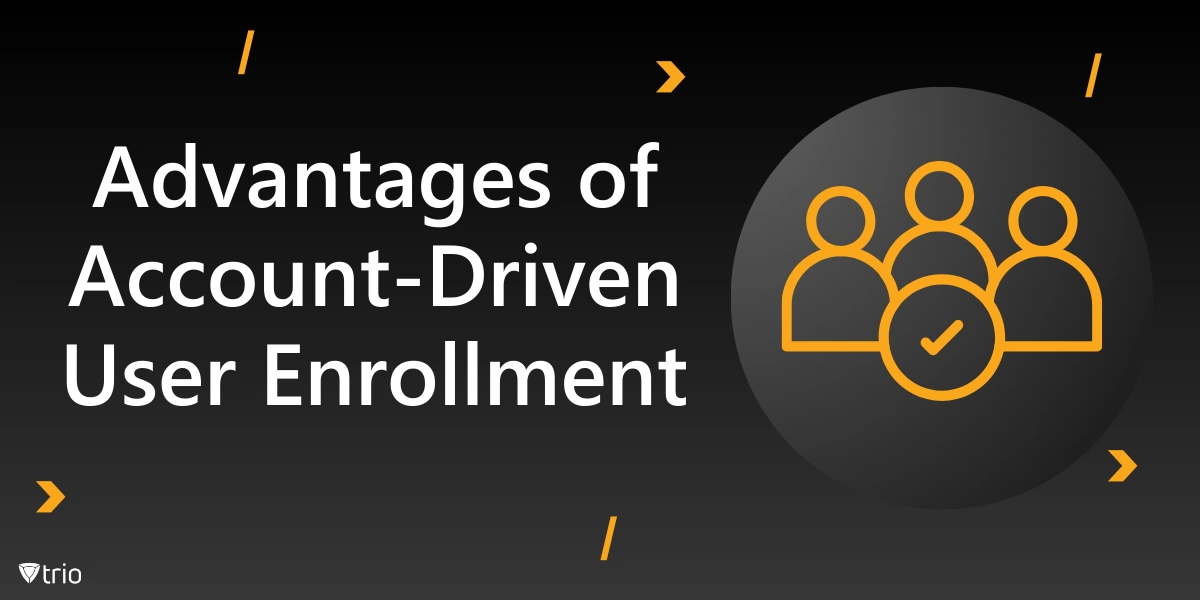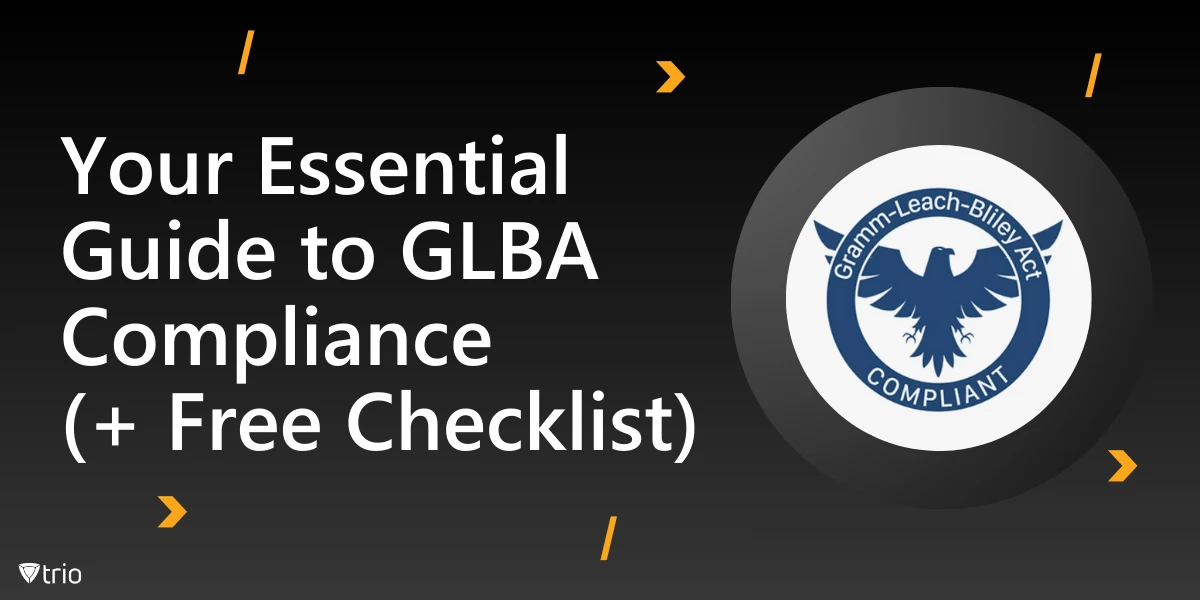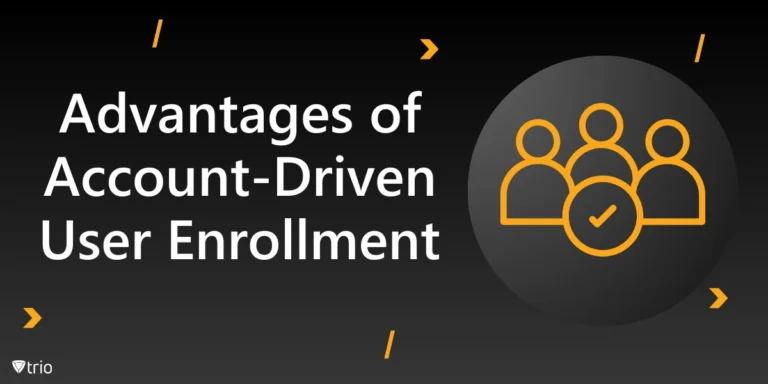In today’s world, the effectiveness of the employee onboarding process is paramount for retaining top talent, accelerating productivity, and fostering positive employee experiences, especially in the context of remote work, global teams, and the dynamic nature of modern businesses. In fact, according to a study done for Glassdoor, an effective onboarding process boosts retention of new hires by 82%.
A well-designed onboarding process contributes to quicker integration, increased employee satisfaction, and enhanced organizational effectiveness. It fosters a positive first impression, accelerates time-to-productivity, and improves employee retention by ensuring new hires feel valued and connected to the company culture. Additionally, effective onboarding can positively impact employee engagement, motivation, and overall job performance.
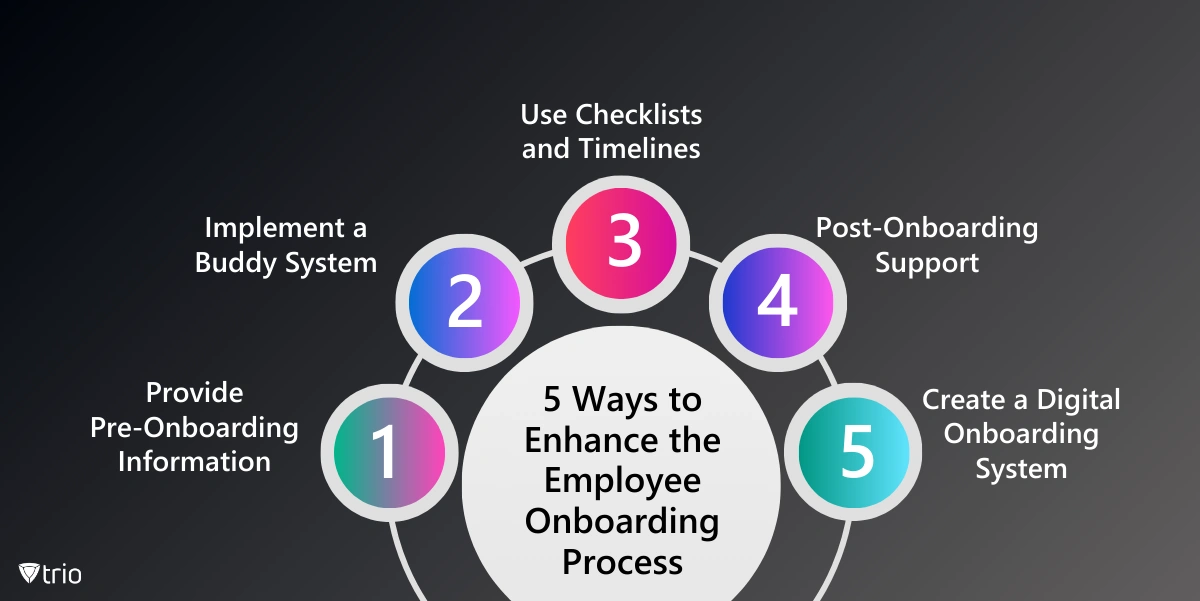
-
Provide Pre-Onboarding Information
When a soon-to-be employee goes through the interview stages of a company, they are slowly introduced to your organization and what you do. Unfortunately, it’s quite common to overestimate just how much of the company a new employee understands. Most of the time, the new employee only understands their job requirement in the interview stages. For example, they may know that they will be a graphic designer. But understanding the nuances of the industry, the organization, the products or services they provide, and the audience they cater to, takes time and it’s best for everyone to get them up-to-speed as soon as possible.
Providing pre-onboarding information refers to the practice of sharing relevant materials and details with new hires before their official start date. This proactive approach aims to familiarize employees with the company, its culture, policies, and expectations, allowing them to arrive on their first day well-prepared and informed. This step is especially crucial to a company’s onboarding process whose employees work remotely. Examples of pre-onboarding information include:
Employee Handbook
Distribute a digital or physical copy of the employee handbook before the start date. This document typically contains information about company policies, code of conduct, benefits, and other essential guidelines.
Welcome Kit
Sending a welcome kit that may include company-branded merchandise, a personalized welcome letter from the CEO or team members, and any materials that can help new hires feel excited and connected to the organization.
Job-related Documents
Sharing job-related documents such as a detailed job description, an overview of the team structure, and information about key projects or responsibilities. This helps new hires gain a better understanding of their roles and expectations.
Technology Setup Instructions
Providing information about the technology they will be using, including details on how to set up and access necessary tools, software, and hardware. This ensures a smoother transition into their work environment.
-
Implement a Buddy System
It’s always a great idea for your new employee to have a buddy to show them around. This person can guide them through the initial stages, answer questions, and help them acclimate to the company culture. Having a designated point of contact can make new hires feel more comfortable and connected, speeding up the onboarding process. Qualifications for a buddy may include:
Experience and Knowledge
The buddy should have a good understanding of the company, its policies, and the specific work environment. Experience in the same or a related role can be valuable for providing practical insights and guidance.
Communication Skills
Effective communication skills are crucial for a buddy. They should be able to convey information clearly, answer questions, and actively listen to the concerns or needs of the new hire.
Approachability and Friendliness
A buddy should be approachable and friendly, creating a comfortable environment for the new employee to ask questions or seek assistance. A positive and supportive attitude contributes to a welcoming onboarding experience.
Time Availability
The buddy should be able to dedicate enough time to assisting the new employee. This includes being accessible for initial introductions, providing guidance on daily activities, and addressing any challenges that may arise.

-
Use Checklists and Timelines
It’s best to know the milestones of each onboarding. This way you can better understand the process for onboarding new employees. You can set goals based on the people your employee has to meet, the teams they must get involved in, the responsibilities they have to gradually take on, and the training sessions they can participate in.
Develop detailed onboarding checklists and timelines to keep both human resources and new employees on track. Clearly outline the steps involved in the onboarding process, including paperwork, training sessions, and introductions to key team members. This allows you to understand the employee onboarding process flow and how you can change small details to make it better.
-
Post-Onboarding Support
Post-onboarding support refers to the assistance and resources provided to employees beyond the initial onboarding period. While the formal onboarding process typically covers the first few days or weeks of an employee’s tenure, post-onboarding support extends beyond that timeframe to ensure ongoing success, integration, and professional development. Key components of post-onboarding support may include:
Check-Ins
Perform regular check-ins with new employees to gauge their progress, address any concerns, and gather feedback. This can be done through one-on-one meetings, surveys, or informal conversations to ensure that employees continue to feel supported and engaged.
Ongoing Training and Development
Provide continuous learning opportunities and professional development resources. This may involve additional training sessions, workshops, or access to online learning platforms to help employees enhance their skills and stay updated in their roles.
Performance Reviews and Feedback
Conduct regular performance reviews and provide constructive feedback. This helps employees understand their strengths and areas for improvement. It also aligns their goals with the organization’s objectives.

-
Create a Digital Onboarding System
The employee onboarding process might differ slightly when it comes to different roles, but in general, your organization will have to set up the same set of steps for each employee to go through. One way to do so is to automate the process by using a digital onboarding system. Mobile Device Management (MDM) solutions such as Trio can help your organization in many ways, including helping your HR department manage employees and ensuring both parties have a smooth onboarding and offboarding experience.
Trio is an MDM solution designed to help organizations better manage devices, employees, software, and more. In the case of onboarding new employees, Trio can help you set up a profile for your new employee whether it’s on their device or a company-owned device and automatically install and update the latest version of the software they need. It can also be used for post-onboarding check-ins since you can monitor their hardware conditions and make sure everything is running smoothly. Using this potential and learning the onboarding and offboarding best practices with MDMs can enable you to streamline the whole onboarding process, make it significantly more efficient, reduce costs, and ultimately, end up with a more stable organization.
Conclusion
Having an efficient employee onboarding process has numerous benefits both for the employee and your organization. There are many ways to streamline the onboarding process. Your organization can provide the new employee with pre-onboarding information such as employee handbooks and job-related documents. Assigning someone to help your new employee get the hang of things in their first few days or weeks can also help. It’s best to have a timeline including milestones of what you want your employee to learn or achieve and provide feedback based on that. Also, don’t leave your employee after the onboarding process is done; check-ins and performance reviews are crucial. Finally, automating much of this process can save many a headache. To do so, use Trio and its onboarding and offboarding features, alongside many others that any good MDM solution has. Try out a free demo of Trio to see what we’re talking about!

